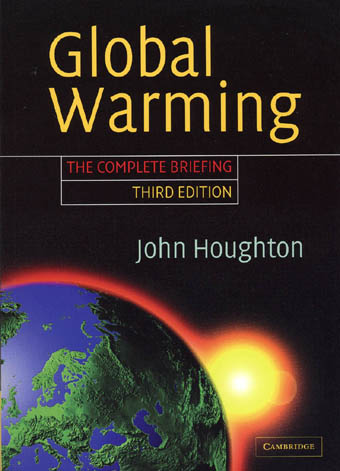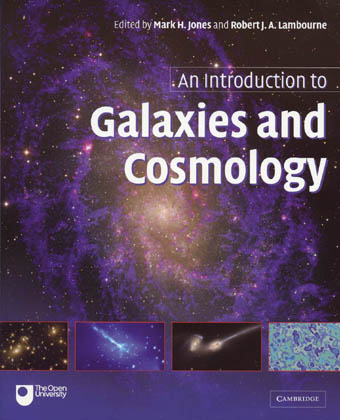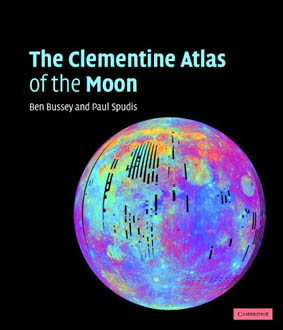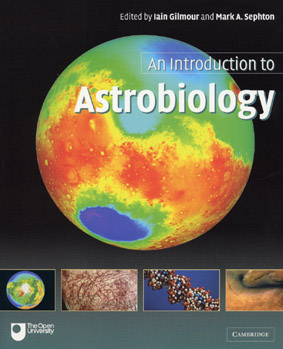 The Journal of the British Astronomical Association
The Journal of the British Astronomical Association
Volume 114, No.6: 2004 December
Contents
On this page: Notes and News / Articles / Observers' Forum / Reviews /


On the cover: Concentric rings around the Cat's Eye Nebula
A new image of the Cat's Eye Nebula, NGC 6543, taken with the Hubble Space Telescope's Advanced Camera for Surveys. It reveals a bull's eye pattern of eleven or more concentric rings, or shells, around the nebula. Each 'ring' is actually the edge of a spherical bubble seen projected onto the sky. Observations suggest the star ejected its mass in a series of pulses at 1,500-year intervals, which created dust shells, each of which contains as much mass as all of the planets in our solar system combined. NASA/ESA/Hubble Heritage Team..

 Notes and News
Notes and News
From the President (Tom Boles) / Comet prospects for 2005 (Jonathan Shanklin) / Another bright supernova in the northern sky (Stewart Moore) / Bright prospects for the Geminids this winter (Neil Bone) / Solar Section (Mike Beales) / FAS award for Guy Hurst (Callum Potter) / Aurora Section (Ron Livesey) / Asteroids & Remote Planets Section meeting, Winchester, 2005 April 2 (Andrew Hollis)
Image of the galaxy NGC 6946 with SN 2004et by Martin Mobberley
The Star of Bethlehem and the comet of AD 66 ... R. M. Jenkins
The search for an explanation of the Star of Bethlehem is almost as old as the story itself. To date there is no generally accepted answer. This paper briefly reviews the possible explanations and concludes that it was almost certainly a fictional story perhaps inspired by the appearance of Comet Halley in AD 66. (7pp)
Visual and photoelectric photometry of (11) Parthenope from 1989 to 2002 ... Richard Miles, Colin Bembrick, Andrew J. Hollis & John M. Saxton
Eclipse predictions in the Kalendarium of Nicholas of Lynn ... Darren Beard
Centenaries for 2005 ... Barry Hetherington
Main articles
Jupiter in 2000/2001. Part II: Infrared and ultraviolet wavelengths - A review of multispectral imaging of the jovian atmosphere... John H. Rogers, Tomio Akutsu & Glenn S. Orton
 In 2000/2001, Jupiter was imaged at more wavelengths more intensively than ever before. This paper reviews the data sets available, and reports on the major features detected in them, especially a novel pattern of large scale waves over the North Equatorial Belt (NEB). The images came from amateur contributors, from the NASA Infrared Telescope Facility, and from the Cassini and Galileo spacecraft. Images were taken not only in visible wavelengths, but also in the ultraviolet and in the near-infrared methane absorption bands (all these wavelengths being sensitive to levels above the main cloud layers); in near-infrared continuum bands (penetrating within the main cloud layers); and in the mid-infrared thermal band (revealing emission from below the cloud layers).
In 2000/2001, Jupiter was imaged at more wavelengths more intensively than ever before. This paper reviews the data sets available, and reports on the major features detected in them, especially a novel pattern of large scale waves over the North Equatorial Belt (NEB). The images came from amateur contributors, from the NASA Infrared Telescope Facility, and from the Cassini and Galileo spacecraft. Images were taken not only in visible wavelengths, but also in the ultraviolet and in the near-infrared methane absorption bands (all these wavelengths being sensitive to levels above the main cloud layers); in near-infrared continuum bands (penetrating within the main cloud layers); and in the mid-infrared thermal band (revealing emission from below the cloud layers).
Polar hoods and anticyclonic ovals were, as usual, among the most prominent bright features in the methane-band images. These images also revealed major disturbances affecting the South and North Equatorial regions. The South Equatorial Disturbance, a solitary wave in the visible clouds, showed massive disruption of the upper haze layers in the infrared (see Paper III of this report).
The NEB waves were a series of large diffuse methane-dark patches, representing variations in the thickness of high-altitude haze over the belt, with a 'wavelength' of 20-25 degrees longitude. The most conspicuous of the patches were aligned with visible features, particularly the preceding sides of visible barges, where there was anticyclonic eddying. Longitude measurements show that the waves moved at the same speeds as the underlying visible features, i.e. in the range between System II and System III, and anomalies in their motion were related to visible cloud events. There was no sign of any phase speed that was different from the speed of the underlying visible features. Therefore the waves were controlled by the lower-lying tropospheric circulations.
These NEB waves in 2000/2001 may have been a consequence of the ongoing NEB broadening event, and they became indistinct just as the NEB broadening became complete. They had many similarities to 'slow-moving thermal waves' reported by previous mid-infrared observers, which were also most conspicuous when barges were present. We propose that these waves are induced by the curving and eddying of the tropospheric NEBn jetstream, and that they propagate upwards as warm waves which cause thinning of the high-altitude haze as well as enhanced mid-infrared emission. (18pp)

![]()

 Observing variable stars with binoculars ... Melvyn Taylor
Observing variable stars with binoculars ... Melvyn Taylor
(Copies of any of these articles may be ordered from the BAA office.)





